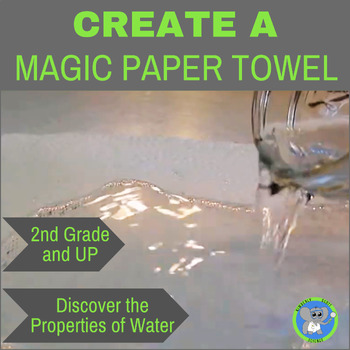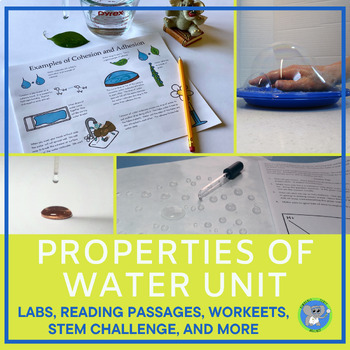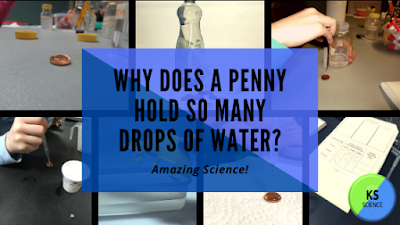The Magic Paper Towel: Exploring Water Repellent
The Magic
Paper Towel
We all know paper towels like to absorb water. What if we make paper towels waterproof?
Watch the video to see what it looks like.
Directions
Spray the top side of a paper towel with 2 coats of water repellent. Let it dry.
Place a piece of regular paper towel in
each group.
Pour about 250ml of water slowly on each
group’s regular paper towel. Try to keep
it on the paper towel. Students will notice
it absorbs the water and some most likely spreads.
Have students clean up their area.
Place a piece of waterproof
paper towel in each group.
Pour about 250ml of water slowly on each group’s waterproof paper towel. Try to keep it on the paper towel. Students will be amazed to notice the water does not soak in. It stays on top. Even the bottom does not get wet.
Have the groups discuss what
happened. They need to try and figure
out how the teacher did this.
Then show them the waterproof
spray.
Have extra waterproof paper towels to give students an opportunity to explore.
Pour about 250ml of water slowly on each group’s waterproof paper towel. Try to keep it on the paper towel. Students will be amazed to notice the water does not soak in. It stays on top. Even the bottom does not get wet.
Have extra waterproof paper towels to give students an opportunity to explore.
Why is this
possible?
The paper towel was sprayed with silicone-based water repellent. Silicone is a hydrophobic substance. That means it does not absorb water. Paper towel is naturally hydrophilic (water-loving). Which means it absorbs
water. The water repellent creates a
barrier keeping the water out. Water
forms curved drops on the paper towel because it has polar bonds. Water molecules have a positive and negative end. This means water molecules are attracted to
each other. The drops attract to each
other forming raised droplets on the waterproof paper towel. This attraction creates surface tension.
SHOP THIS POST
Learn More






